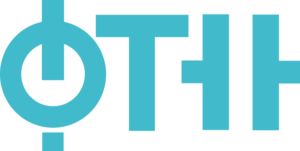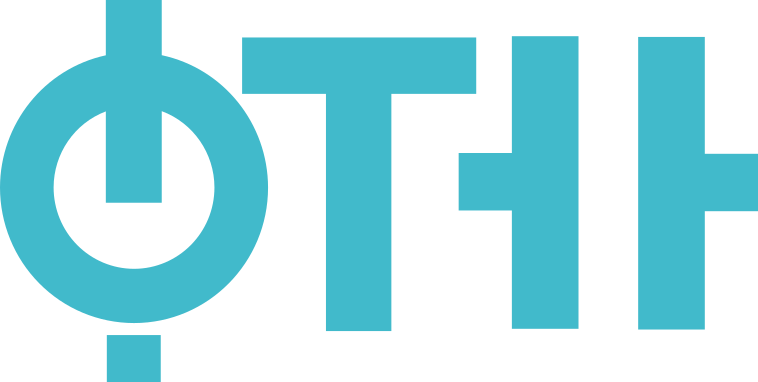Subject: Digital Electronics (17.E138A )
Native organizations units: Department of Power, Electronic and Telecommunication Engineering
| Category | Professional-applicative |
| Scientific or art field | Electronics |
| ECTS | 5 |
Acquiring knowledge in the field of digital electronics: the way of presentation of logical functions, minimization of logical functions and realization with basic logic circuits. The basic theoretical knowledge from Boolean algebra will be linked to practical aspects of analysis and realization of combination and sequential networks. The basic problems, causes of irregular operation and methods of their elimination will be studied.
A student who successfully completes this course will be able: - to successfully present logic functions in different ways; - to analyze work and carry out synthesis of simple combination and sequential digital networks; - to detect and eliminate basic hazardous phenomena in digital networks; - to successfully use basic digital functional blocks - to expand the capacity of basic digital functional blocks, if necessary, and - to do computer simulation of basic digital networks, after computer practice is done.
Introduction to digital signal processing. The methods of presentation of logical functions. Minimization of completely and incompletely defined logic functions. Realization of logic functions given the type of logic gates. Analysis of combinational networks, elimination of hazards. Latches and flip-flops. Analysis and synthesis of synchronous sequential networks (implemented through flip-flops). Analysis and synthesis of asynchronous sequential networks (implemented through latches or through feedback through combinatinal network). The basic combination and functional blocks (encoders, decoders, code converters, multiplexers, demultiplexers, combinational arithmetic-logic unit. Basic sequential functional blocks (registers, counters). The basics of programmable combinational and sequential components.
Lectures; Auditory Practice; Laboratory Practices; Consultations.
| Authors | Title | Year | Publisher | Language |
|---|
| Course activity | Pre-examination | Obligations | Number of points |
|---|---|---|---|
| Laboratory exercise defence | Yes | Yes | 30.00 |
| Homework | Yes | Yes | 5.00 |
| Homework | Yes | Yes | 5.00 |
| Coloquium exam | No | No | 20.00 |
| Written part of the exam - tasks and theory | No | Yes | 60.00 |
Prof. Damnjanović Mirjana
Full Professor
Lectures
Prof. Damnjanović Mirjana
Full Professor
Practical classes

Assistant - Master Tešović Dragana
Assistant - Master
Practical classes

Assistant - Master Zoranović Jovana
Assistant - Master
Practical classes

Assistant - Master Nikolić Kristina
Assistant - Master
Practical classes
Faculty of Technical Sciences

© 2024. Faculty of Technical Sciences.
Contact:
Address: Trg Dositeja Obradovića 6, 21102 Novi Sad
© 2024. Faculty of Technical Sciences.



